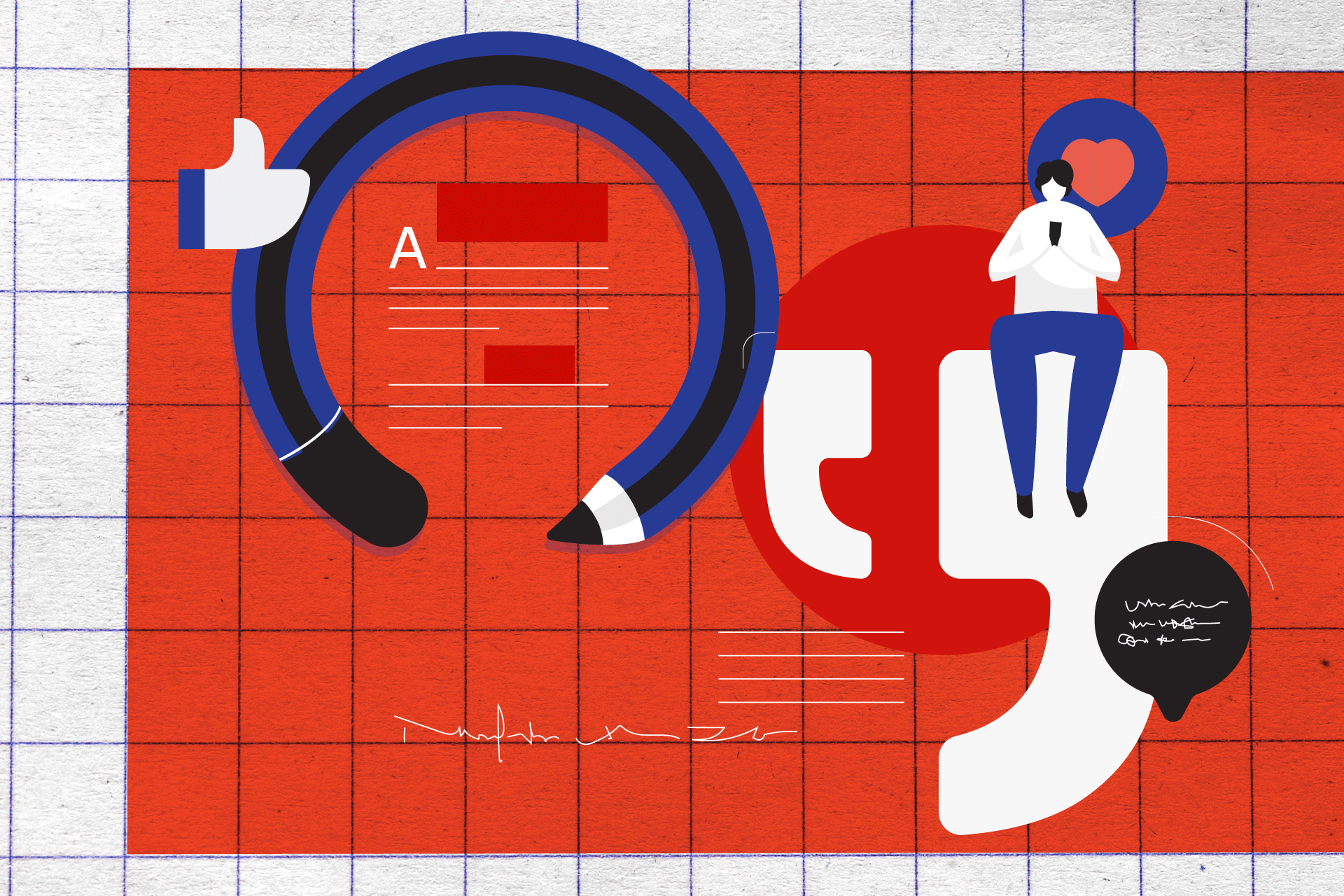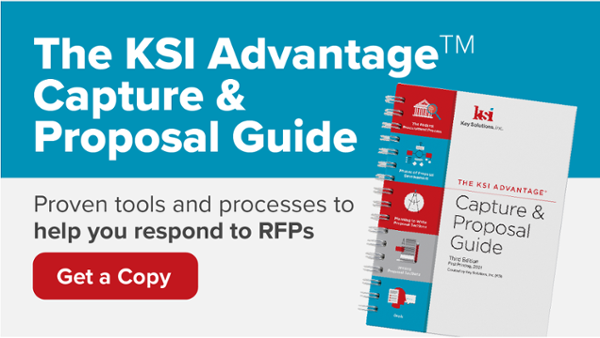Successful proposals respond to the needs presented in the RFP. However, successful proposals also respond to “invisible” issues that influence decision-makers: their “wants.”
We find out needs and wants through successful marketers or business development (BD) staff. The best BD staff not only ask the right questions but listen to the answers to understand what the customer wants to buy. In short, they are better listeners than talkers.
After BD has conducted marketing, this information is passed to capture managers. The best ones are master strategists. They organize the needs and wants into meaningful win strategies, offer designs, and value propositions.
Finally, the best proposal managers are detail-oriented engineers, able to incorporate the win strategy into the proposal. They can tell a compelling story about the solution in light of the needs and wants. This makes the proposal highly awardable.
So what is a customer need, and what is a customer want?
Needs are generally clearly outlined in the RFP. Think the SOW, Section L, and Section M. These are upfront and should be easy to recognize. In a theoretically perfect world, they are also easy to organize in the proposal response.
Wants are left out of the RFP, for political or financial reasons. They are more than what the customer says in Section L or M. These are the issues that keep our customers up at night. These are items that our customers think they can’t ask for.
Why are both of these important? Needs are obvious: without addressing the needs, the proposal is non-compliant and gets thrown out. This will happen even if you address the customer’s wants perfectly – a trap that incumbents, in particular, can fall victim to.
Wants are trickier to determine. To tease out wants, a skillful BD professional must harbor mutual trust between themselves and the customer. They must ask about the customer’s wish list, their ideal situation, and their missions and goals. These questions do not have yes or no answers and generally would not be asked by a Program Manager. They involve phrases like “would you be interested in…” or “wouldn’t it work better if…”
Without addressing the customer’s wants in your proposal, your proposal comes across as “empty” to an evaluator. You answered all the needs, but there’s still something missing. This can also result in a losing proposal.
In short, an understanding of needs and wants makes all the difference if you’re interested in winning.








